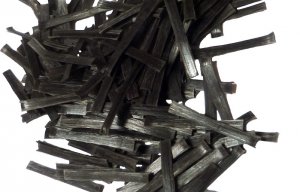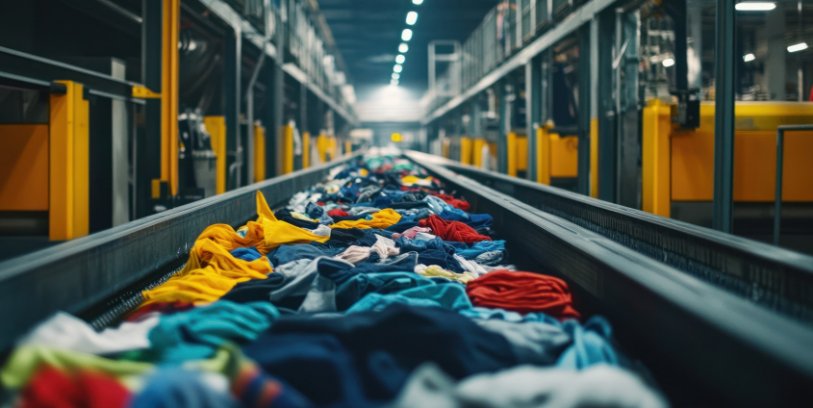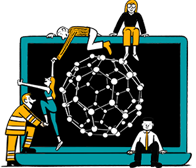
Sumitomo Bakelite signs partnership with GRIP Metal
Physical interaction with objects and the evaluation of haptic feedback are not yet sufficiently developed.

16th June 2025
Innovation in Textiles
|
Austria
Researchers in Austria are developing new technologies that will enable robotic grippers to sort textiles for recycling more effectively.
“At present, automatic sorting systems mainly use contactless methods, such as visual and near-infrared sensors,” explains Hubert Zangl, manager of the AdapTex project at the University of Klagenfurt. “When people sort old textiles, however, they can do much more. When they touch the textiles, they can quickly classify what should be reused and what should be recycled based on the feel of the fabric.
“To enable robotic grippers to perform this work, many challenges remain. Physical interaction with objects and the evaluation of haptic feedback are not yet sufficiently developed in robotics. When sorting textiles, robots have to work in a complex environment with randomly assembled quantities of textiles made from different materials and in a wide variety of shapes and sizes. Contamination can further complicate matters.”
The gripping process is crucial for the effective sorting of these materials in recycling plants and the Klagenfurt research team is focusing on improving the physical interaction between the robot gripper and the textiles, with the aim of improving both the handling and the classification.
To this end, the researchers are developing textile-based, adaptive sensor skins for the robotic grippers.
“These intelligent materials contain networks of sensors and actuators that can adapt optimally when touched,” says Zangl.
The unique properties of the AdapTex sensor skin offers potential not only for use in textile recycling, but also in many other areas of the textile industry. It might also be possible to use the improved capabilities and functions for robots deployed in other areas of industrial manufacturing and automation.
The AdapTex project is coordinated at the University of Klagenfurt and the AAU/SAL USE Lab. Project partners are Grabher Group, Infineon Technologies Austria, Silicon Austria Labs and V-trion.

Business intelligence for the fibre, textiles and apparel industries: technologies, innovations, markets, investments, trade policy, sourcing, strategy...
Find out more